24th Feb 2023
Timing the Olympics
by Andy Callan
There’s nothing like the hotbed of elite competition to drive innovation to the benefit of us all.
In much the same way as breakthroughs in Formula 1 such as DOHC engines, paddle shifters and active suspension eventually trickled down into standard production cars, so too the rigorous demands of timing the Olympic Games has led to major advances in the watches available to the general public. It is an arena that, much like the competing athletes, has developed so much over the years that examples from the earliest era are today almost unrecognisable. The technology used to time the events is now at the cutting-edge of what is possible and only continues to get faster, higher and stronger. Below, we take a look at just who has risen to the challenge of delivering the ultimate in precision sports timing.
The Great Olympic Watchmakers
When we think of watch brands and the Olympics, one name springs immediately to mind; Omega. The Swiss manufacture has been the official games timekeeper for more than 90-years, and is contracted to remain so until at least 2032. However, they were not the first nor even the only watchmaker to cover the Olympics.
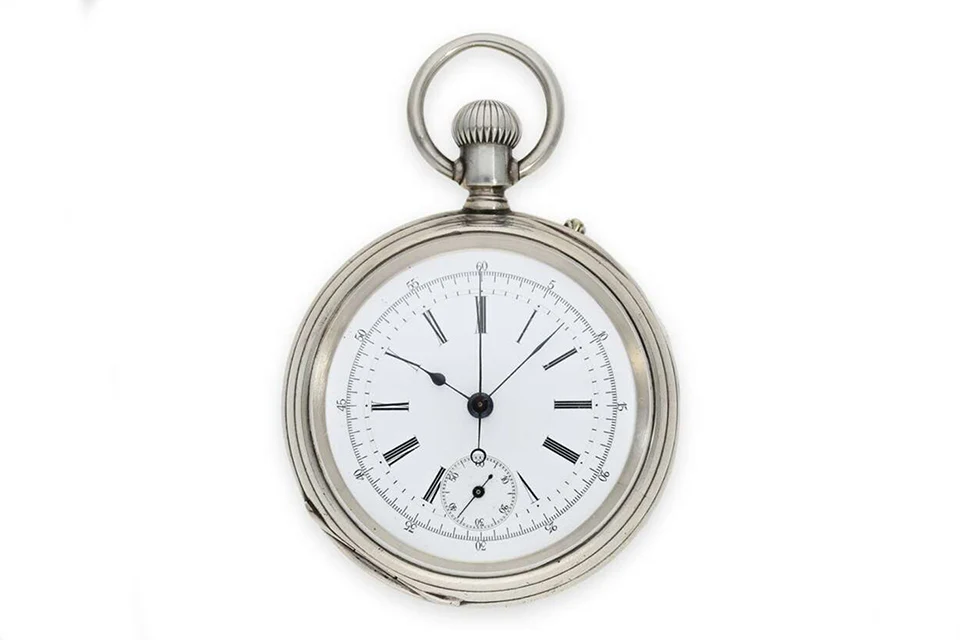
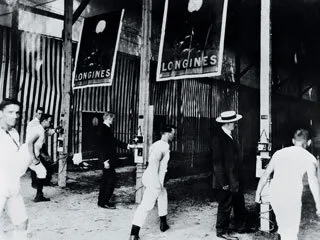
When the opening games of the modern era took place in Athens in 1896 it was a Longines stopwatch on timing duty. A brand with a proud and illustrious history, their trademark recognised as the longest in continual use by any company in any field, they had debuted their first pocket watch chronograph, the ‘20H’, as early as 1868. Other pioneering inventions were to follow, with the ‘13.33Z’ from 1913, the first chrono movement designed specifically for a wristwatch, and the ‘13ZN’ in 1936, the world’s first flyback chronograph. More than that however, we can thank Longines for the first ever ‘broken wire’ finish line timing system from 1912, as well as for developing breakthroughs in photographic timing for races with their ‘Chronocamera’, ‘Photogines’, and ‘Chronocinégines’ systems, running from the 1940s to the 1960s.

Another great name in Olympic timing is Heuer, who served all three of the games held in the ‘20s; Antwerp in 1920, Paris in 1924 and Amsterdam in 1928. Each time, their extraordinary ‘Mikrograph’, the first stopwatch able to record down to 1/100thsecond, provided the data.
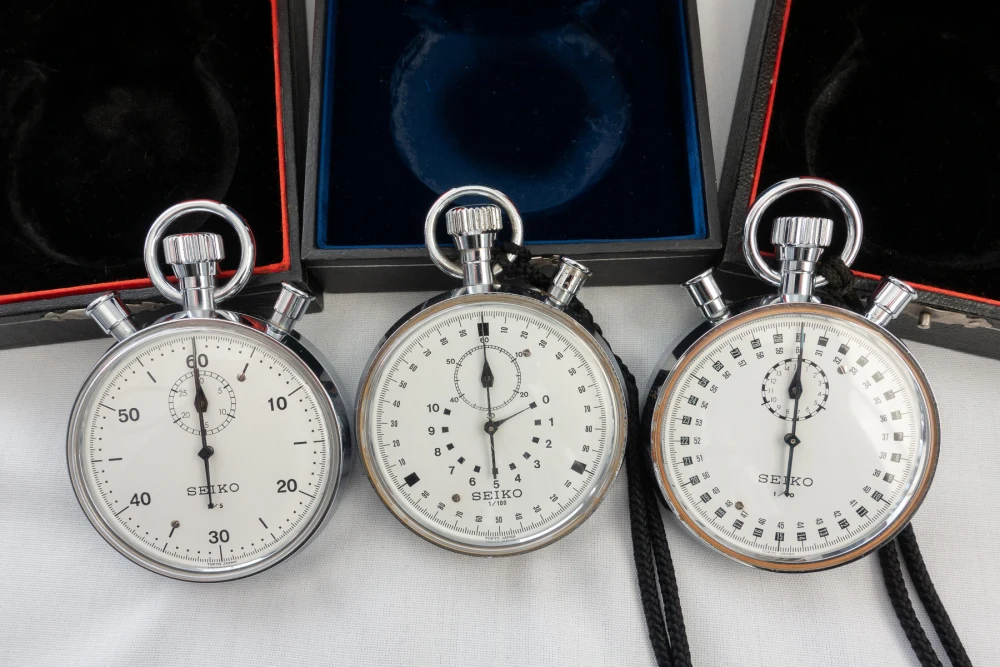
Seiko also got in on the act, becoming official sponsor of the 1964 Tokyo Games, ending the Swiss monopoly (briefly). They produced the superb 89ST series of stopwatches, with capabilities to measure 1/5th, 1/10th and 1/100th second depending on the sport. Modified versions of the 89ST would also time the Winter Games in Sapporo in 1972, but that event would mark the last time mechanical watches would be used—portable electronic systems had superseded them by 1976. But Seiko would go on to time the 1992 Summer Games, as well as the Winter Games in 1994 and 1998.
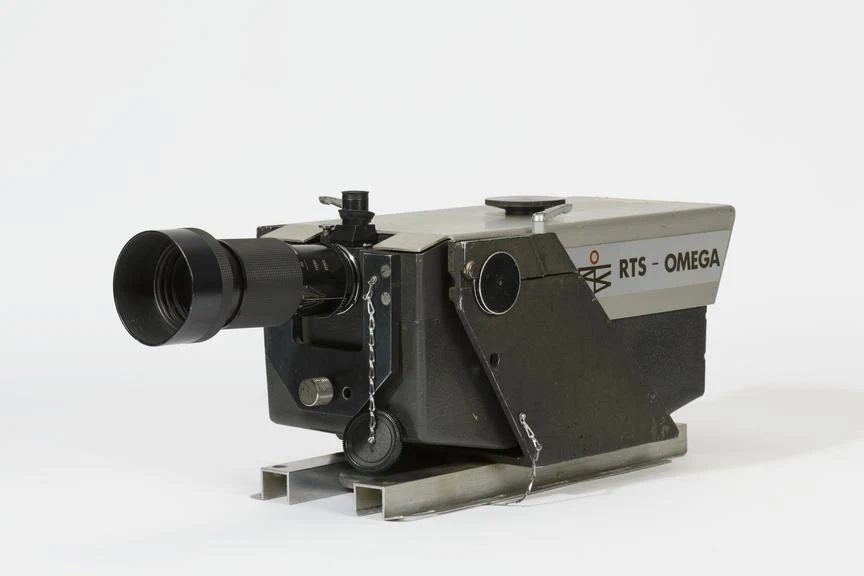
Omega at the Olympics
Other brands aside, since 1932 the Olympics has been very much Omega’s playground. They took over the Los Angeles Games in that year, furnishing the event with a lone watchmaker armed with 30 stopwatches, all capable of measuring 1/10th second and with a rattrapante, or split seconds, function. By way of contrast, at their most recent outing back in Tokyo in 2021, Omega supplied 530 timekeepers and operators, along with more than 400 tonnes of equipment. There were also 435 Omega-operated scoreboards. The journey between their earliest endeavours and their most recent has involved a whole litany of ground-breaking achievements in sports timing. They introduced the first photo finish camera using photoelectric cells in 1948, then an electronic chronograph which could print race results instantly in 1952.
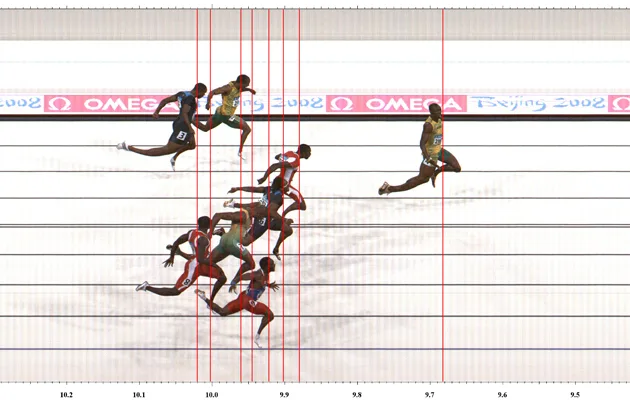
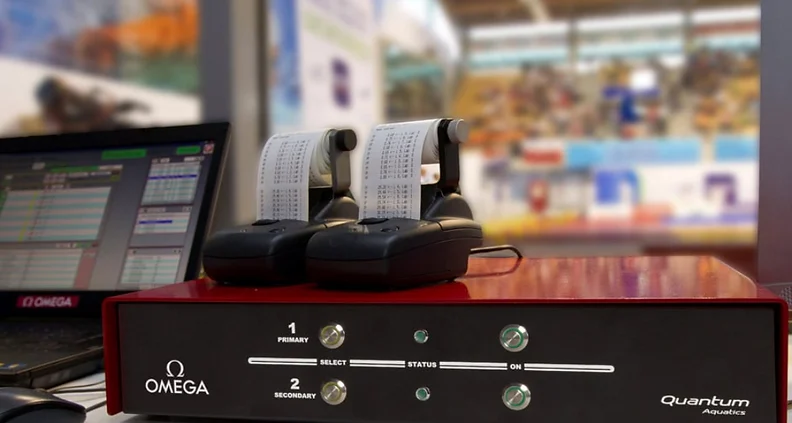
Omega can also lay claim to inventing starting gates for skiing events in 1956, and the Omegascope in 1964, able to superimpose a racer’s time on TV screens. In addition, swimming race touchpads, live ranking displays, the Scan-O-Vision system which could time down to 1/1000th sec, wearable transponders for speed skaters, a revolutionary type of starting pistol which emits sound and light, and the Quantum Timer with its enhanced abilities of timing to one millionth of a second, are all Omega inventions.
The Swiss Timing Company
In 1972, at the request of the Swiss Federation of the Swiss Watch Industry (FH), Olympic heavyweights Omega and Longines set up Swiss Timing SA. The company was founded to allow both brands to collaborate on timekeeping duties and to pool their resources and expertise in order to develop new and improved timing systems. Heuer joined in 1973, and ‘Omega Electronics’ was formed that year as well. Together, the enterprise timed their first Olympics in 1976, and even though Heuer left in 1980 and both Longines and Omega were absorbed into the Swatch Group in 1988, the Swiss Timing Company has been at the helm of every Games since ‘84, with the exception of Barcelona in 1992 where Seiko took over.
Olympic Watches
Justifiably proud of their accomplishments, Omega produces a whole range of Olympic-themed timepieces. In amongst the extensive Seamaster collection, there are a number of different wristwatches on offer. The ‘Seamaster Official Olympic Timekeeper’ series, for example, is a set of 14 models with their colourways based on the colours of the Olympic rings. However, dig deeper and you will also find some truly extraordinary pocket watches. The ‘Olympic Pocket Watch 1932’, a limited edition of 100 pieces, is not only based on one of those original models packed off to the LA Games that year, but is also driven by the calibre 3889 assembled from genuine rediscovered movement parts which had been in storage for the last 90-years. But perhaps most incredible of all, the ‘Olympic 1932 Chrono Chime’ is an amalgamation of those pocket watch chronos and the first ever minute-repeater wristwatch, invented by Omega in 1892. Inside the 45mm 18k Sedna gold case is the most complicated mechanism the brand has ever concocted, linking the two highly specialised complications into one and producing a glorious fusion; yours for only £427,100!
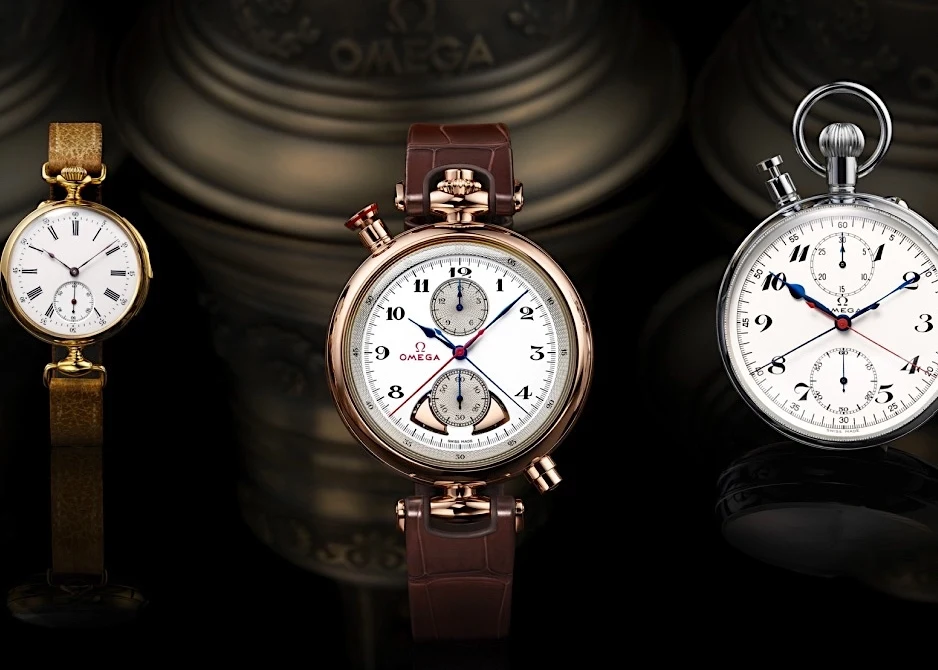

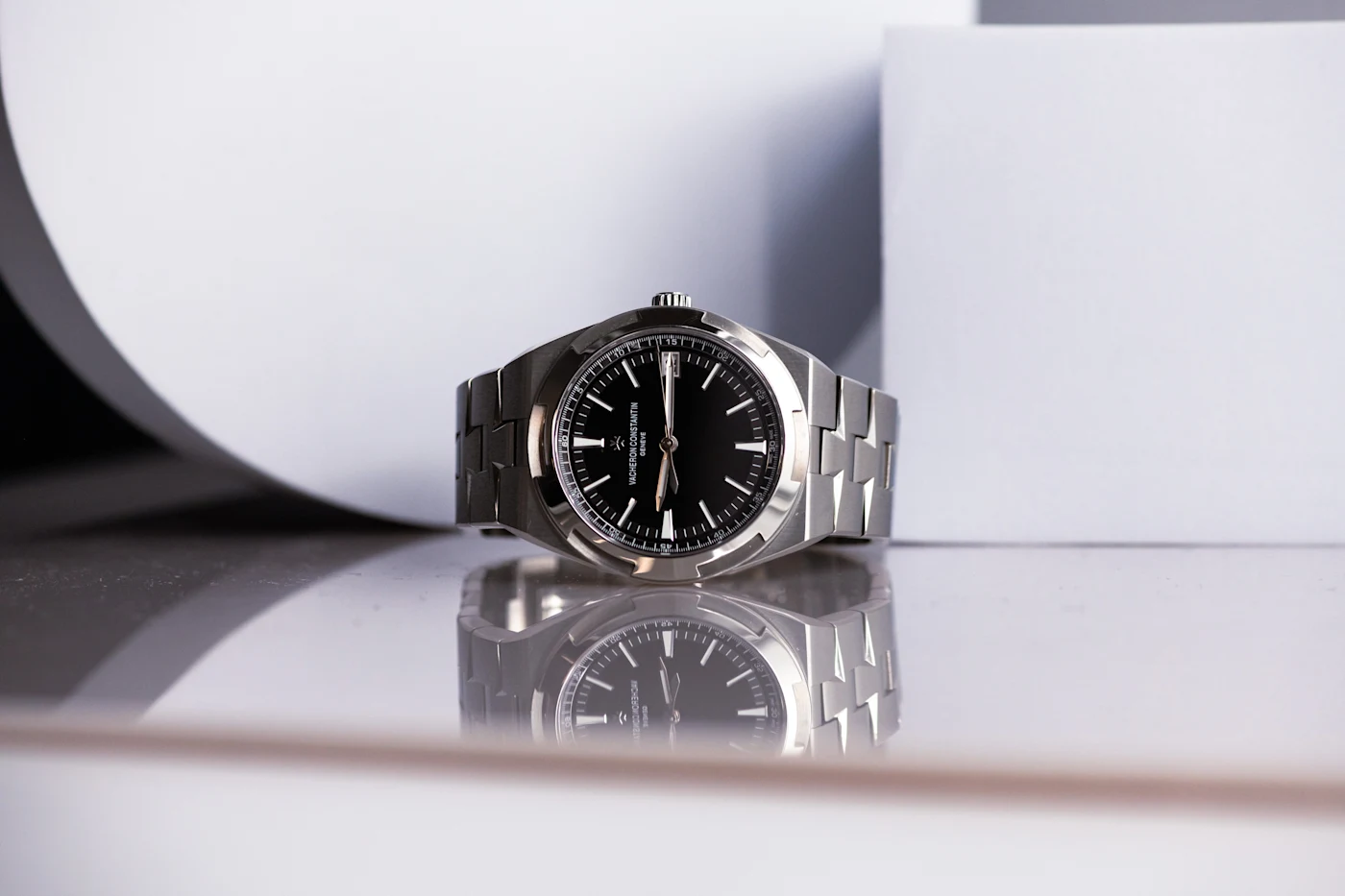
Have your say!